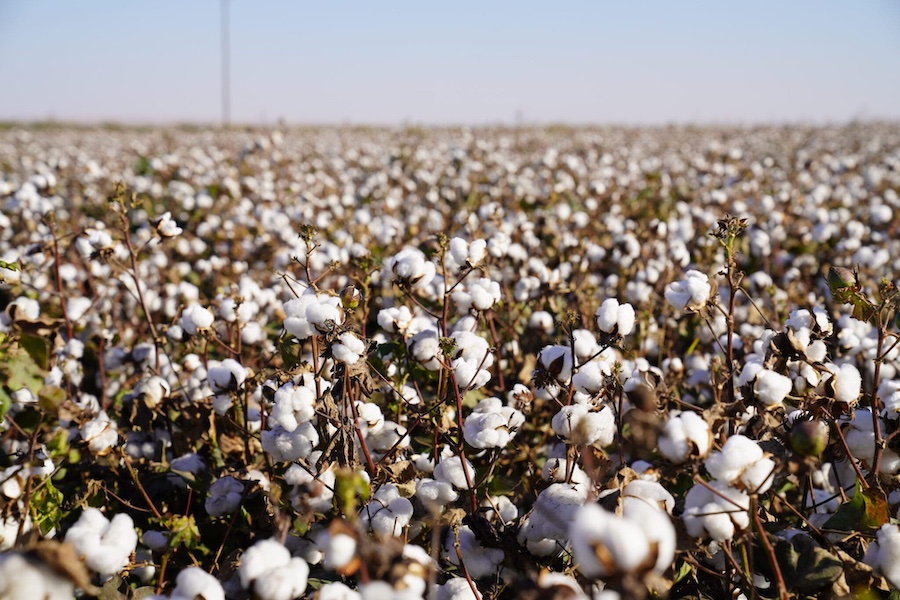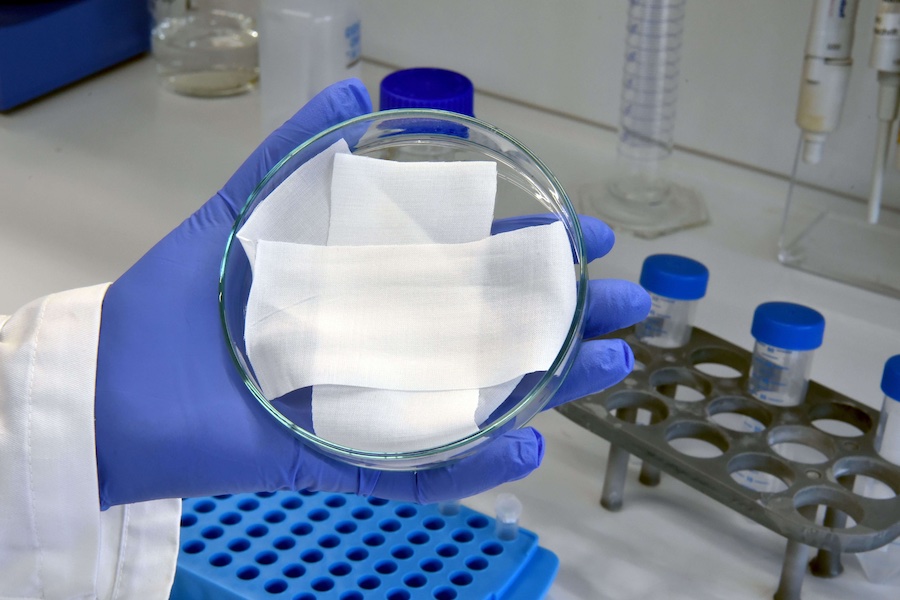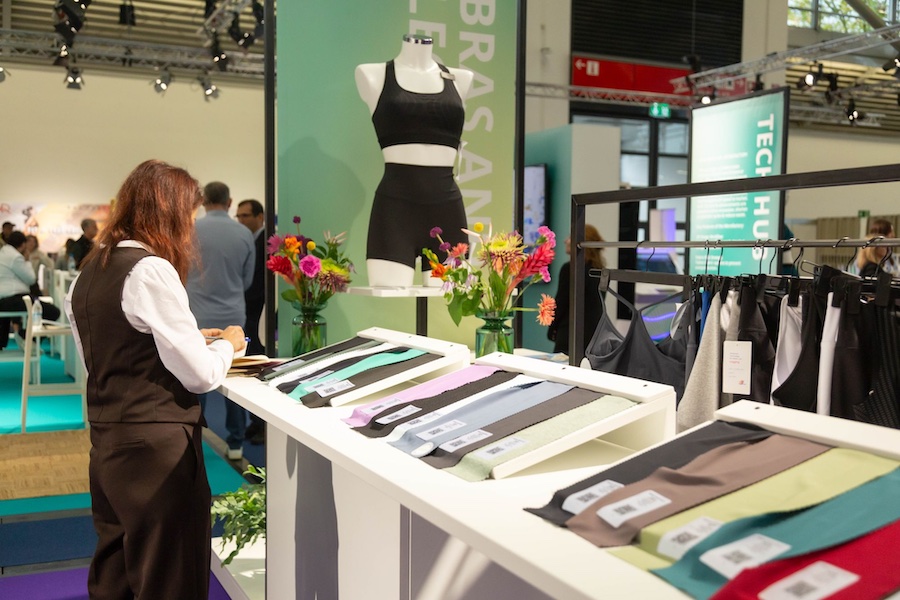#Raw Materials
Cotton market fundamentals & price outlook
Movement in benchmark cotton prices was mixed over the past month.
• NY/ICE contracts continued their pattern of swinging back and forth within the limits of their recent ranges. After climbing over 85 cents/lb in mid-April, the July futures contract collapsed to values below 80 cents/lb before the end of the month. Prices rallied in early May to 84 cents/lb before once again dropping below 80 cents/lb and then recovering to reach the current values near 81 cents/lb.
• Prices for the December figures contract (reflective of market expectations after the onset of the 2023/24 harvest) followed a similar pattern. Current values are also near 81 cents/lb.
• The A Index decreased and partially recovered over the past month. Values began the period near 96 cents/lb, fell as low as 91 cents/lb, and then climbed to 93 cents/lb.
• Chinese prices, represented by the China Cotton Index (CC 3128B), increased. Prices rose from 102 to 107 cents/lb between early April and May. In domestic terms, prices rose from 15,000 to 16,300 RMB/ton. The RMB weakened against the dollar, from 6.88 to 6.94 RMB/USD.
• Indian spot prices (Shankar-6 quality) eased from 97 to 94 cents/lb over the past month. In domestic terms, prices decreased from 63,000 to 60,700 INR/candy. The INR was steady against the dollar, holding near 82 INR/USD.
• Pakistani prices were near 82 cents/lb one month ago but traded above 85 cents/lb for most of the past month. More recently, prices have fallen back to 82 cents/lb. In domestic terms, prices held near 20,000 PKR/maund for most of the past month. The Pakistani rupee weakened from 285 to 295 PKR/USD from early April to early May.
Supply, Demand, & Trade
In May, the USDA issues its first complete set of supply and demand estimates for an upcoming crop year. For 2023/24, the USDA forecasts a slight 664,000 bale decrease in production (from 116.4 million in 2022/23 to 115.7 million in 2023/24) and a large 6.6 million bale increase in global mill-use (from 109.6 million in 2022/23 to 116.2 million in 2023/24). With world production and consumption nearly in balance, global ending stocks are expected to be nearly unchanged in the new crop year (-335,000, from 92.6 million bales for 2022/23 to 92.3 million in 2023/24).
At the country-level, the largest year-over-year changes in production are forecast for China (-3.2 million bales, from 30.7 in 2022/23 to 27.5 million in 2023/24), Turkey (-1.4 million, from 4.9 to 3.5 million in 2023/24), India (+1.0 million, from 24.5 to 25.5 million in 2023/24), the U.S. (+1.0 million, from 14.5 to 15.5 million in 2023/24), and Pakistan (+1.4 million, from 3.9 to 5.3 million in 2023/24).
The largest year-over-year changes in mill-use are expected from India (+1.5 million bales, from 23.0 in 2022/23 to 24.5 million in 2023/24), China (+1.0 million, from 36.5 to 37.5 million), and Pakistan (+1.0 million, from 8.6 to 9.6 million).
Global cotton trade is projected to expand by 5.0 million bales next crop year to 42.8 million. In terms of imports, the largest changes are expected from China (+2.2 million, from 6.8 to 9.0 million), Bangladesh (+1.1 million, from 6.9 to 8.0 million), and Vietnam (+600,000 bales, from 6.3 to 6.9 million). In terms of exports, the largest changes are forecast from Brazil (+1.8 million, from 6.9 to 8.7 million in 2023/24), India (+1.0 million, from 1.4 to 2.4 million in 2023/24), and the U.S. (+900,000, from 12.6 to 13.5 million).
Price Outlook
There has been renewed concern about 2022/23 production recently. The current focus of attention is India, where arrivals at gins are significantly behind the pace from one year ago. There has been speculation that Indian growers may be withholding volume in hopes of securing better prices, but the breadth of the gap has given root to worry that the Indian crop may end up being smaller than currently forecast.
As the situation unfolds, it should be remembered that cotton is a global commodity and that unfortunate conditions in one country can be balanced against favorable outcomes from other locations. At this point in the year, southern hemisphere growers have started harvesting. Expectations are that Australia and Brazil will collect near-record harvests, and those crops will soon be physically available.
In the meantime, it may be noteworthy that Indian cotton prices have been easing while production concerns have been mounting. One explanation is that lower supplies must still be balanced against demand. In the current demand environment, there may not be enough downstream pull to render supply tight, even if production in certain locations is lower than was previously hoped. The same phenomenon can be used to explain how prices managed to work their way lower with the Pakistani flood in October.
In the new crop year, demand may resurface. The global textile supply chain sharply pulled back on order volumes after the global surge in inflation and the series of increases in interest rates that followed. Whenever inventories stabilize, a recovery back to trend order volumes may support demand. However, any increases in inventory-related demand will have to be balanced against the macroeconomic situation.
The speed and magnitude of increases in interest rates worldwide may have yet to be fully digested by economies. Regardless of whether a recession is looming in major downstream markets, global economic growth is projected to be sluggish. The International Monetary Fund (IMF) is projecting world GDP to hover around three percent from 2024 through 2028. Global growth around these levels is not associated with strong growth in cotton mill-use. A persistently slow macroeconomic situation could impede a surge in demand like those that followed other recent economic downturns and contributed to the price volatility in 2010/11 and 2022/23.
Read the full Monthly Economic Letter: May 2023.
https://www.cottonworks.com/wp-content/uploads/2023/05/Monthly-Economic-Letter-May-2023.pdf














